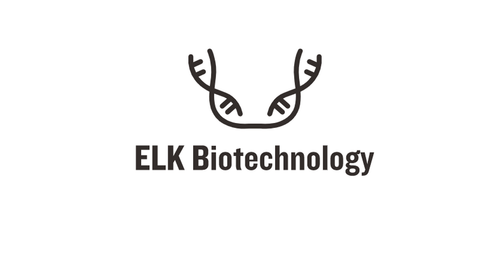Product Description
Human Alpha-2-macroglobulin-like protein 1 (A2ML1) ELISA Kit | AE22986HU | Abebio
Species Reactivity: Human (Homo sapiens)
Abbreviation: A2ML1
Alternative Name: CPAMD9; DKFZp686C1729; DKFZp686D2011; DKFZp686G1812; DKFZp686L1821; DKFZp686O1010; FLJ16045; FLJ25179; FLJ39129; FLJ41597; FLJ41598; FLJ41607; C3 and PZP-like; alpha-2-macroglobulin domain containin
Application: ELISA
Range: 0.78-50 ng/mL
Sensitivity: 0.34 ng/mL
Intra-Assay: ≤4.8%
Inter-Assay: ≤6.5%
Recovery: 0, 96
Sample Type: Serum, Plasma, Other biological fluids
Detection Method: Sandwich
Analysis Method : Quantitive
Test Principale: This assay employs a two-site sandwich ELISA to quantitate A2ML1 in samples. An antibody specific for A2ML1 has been pre-coated onto a microplate. Standards and samples are pipetted into the wells and anyA2ML1 present is bound by the immobilized antibody. After removing any unbound substances, a biotin-conjugated antibody specific for A2ML1 is added to the wells. After washing, Streptavidin conjugated Horseradish Peroxidase (HRP) is added to the wells. Following a wash to remove any unbound avidin-enzyme reagent, a substrate solution is added to the wells and color develops in proportion to the amount of A2ML1 bound in the initial step. The color development is stopped and the intensity of the color is measured.
Product Overview: The alpha-macroglobulin (AM) superfamily of proteins contains both complement components and protease inhibitors, including A2M and A2ML1. AM proteins display a unique trap mechanism of inhibition, by which the AM inhibitor undergoes a major conformational change upon its cleavage by a protease, thus trapping the protease and blocking it from subsequent substrate binding. This protein has a peptide stretch, called the 'bait region' which contains specific cleavage sites for different proteinases. When a proteinase cleaves the bait region, a conformational change is induced in the protein which traps the proteinase. The entrapped enzyme remains active against low molecular weight substrates. Following cleavage in the bait region a thioester bond is hydrolyzed and mediates the covalent binding of the protein to the proteinase.
Stability: The stability of ELISA kit is determined by the loss rate of activity. The loss rate of this kit is less than 5% within the expiration date under appropriate storage condition. The loss rate was determined by accelerated thermal degradation test. Keep the kit at 37°C for 4 and 7 days, and compare O.D.values of the kit kept at 37°C with that of at recommended temperature. (referring from China Biological Products Standard, which was calculated by the Arrhenius equation. For ELISA kit, 4 days storage at 37°C can be considered as 6 months at 2 - 8°C, which means 7 days at 37°C equaling 12 months at 2 - 8°C) .
 Euro
Euro
 USD
USD
 British Pound
British Pound
 NULL
NULL








